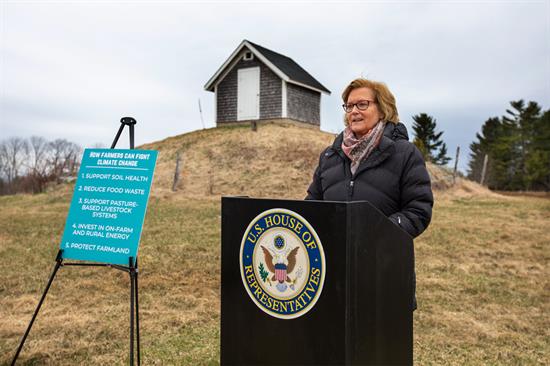Press Releases
Maine Delegation Requests More PPE for Mainers Working on the Front Lines
Washington,
April 14, 2020
All four members of Maine’s Congressional Delegation wrote to Department of Health and Human Services (HHS) Secretary Alex Azar and Federal Emergency Management Agency (FEMA) Administrator Peter Gaynor today to request assistance in helping Maine more easily access personal protective equipment (PPE) secured by the COVID-19 Supply Chain Stabilization Task Force. U.S. Senators Susan Collins and Angus King and Representatives Chellie Pingree and Jared Golden asked that HHS and FEMA work together to provide clear guidance to states and others on how to gain access to additional PPE newly acquired by the expanded and accelerated supply chain made possible by the Task Force. “New research out of the CDC indicates that COVID-19 is more contagious and spreads faster than initially measured. Older adults remain in the highest risk category, accounting for eight out of ten COVID-19 deaths in the United States,” Senators Collins and King and Representatives Pingree and Golden wrote. “Maine’s population is the oldest in the nation by median age, and Maine’s hospitalization rate due to COVID-19 is 6.2 per 100,000 – higher than the national average of 4.6. Further, health care workers in Maine account for 17 percent of cases.” “With each passing day that the virus continues to spread, health care workers and first line responders across the country are bravely risking their lives to aid their fellow Americans through this devastating pandemic,” the Delegation continued. “It is imperative that those on the front lines of this pandemic – the health care workers and first responders – have ready access to potentially lifesaving PPE.” The Supply Chain Stabilization Task Force was created to execute the Whole-of-America approach during this pandemic. Key aspects of the Task Force’s work include Project Air Bridge, which is working to speed the delivery of PPE and other medical supplies. Under Project Air Bridge, 50 percent of PPE and critical supplies go to those areas with greatest need (i.e. hotspots), while the remaining 50 percent is infused into the broader U.S. supply chain, with prioritization given to hospitals, health care facilities, and nursing homes. Click HERE to read the letter.
### |

